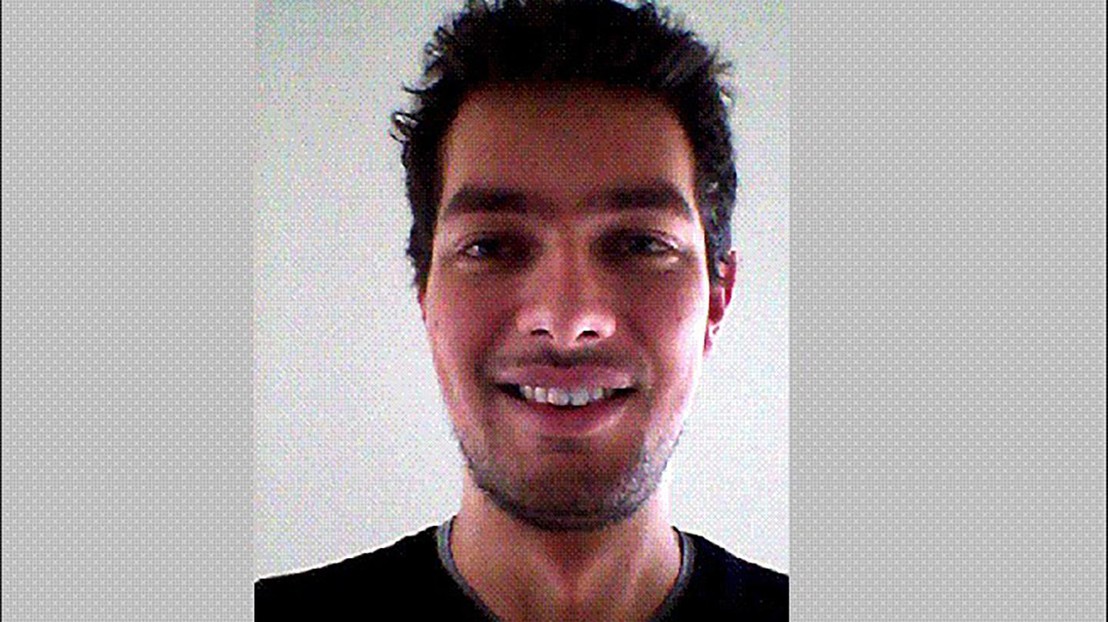PhD exam

© 2019 EPFL
Congratulations to Francesco Vanin
Fracnesco Vanin defended successfully his PhD thesis "Equivalent-frame models for in-plane and out-of-plane response of unreinforced masonry buildings". The members of his committee were Prof. Enrico Spacone (University of Chieti-Pescara, Italy), Prof. Bozidar Stojadinovic (ETH Zurich), Dr. Miguel Fernandez (EPFL), Prof. Alexis Berne (EPFL, chair), Prof. Andrea Penna (University of Pavia, co-advisor) and Prof. Katrin Beyer (EPFL, advisor).
Francesco Vanin’s thesis deals with efficient models for the seismic analysis of unreinforced masonry buildings. As such, he develops the first macro-element which allows to capture not only global in-plane failure modes but also basic local out-of-plane failure modes by means of equivalent frame models. Previously, the two failure modes had to be analysed by two sets of models (if equivalent frame models were used for the global response) and could therefore not account for any interactions between the two failure modes; alternatively very computationally expensive models could be used, which were, however, hardly used in research and never in engineering practice. This new macro-element will therefore allow a new set of risk analysis, either on the individual building level or even for small building stocks, because both types of failure modes can be captured by one computational inexpensive model. By modelling two shake table tests on unreinforced masonry buildings using equivalent frame models including the new macro-element, Francesco Vanin demonstrates that the macro-element is indeed able to capture the out-of-plane failure modes observed during the tests. The two models represent one new brick masonry building and one old stone masonry building, highlighting the versatility of the modelling approach. He also highlights the sensitivity of the modelling results with regard to various parameters. In particular, he demonstrates that the damping value is a critical parameter and the typical values of 3-5% viscous damping could be significantly too high for shake table test simulations. He also shows that assumptions with regard to the connection between walls-slabs and walls-walls are crucial when modelling the out-of-plane response.
In addition to the new macro-element, Francesco Vanin assembled a comprehensive database on quasi-static monotonic and cyclic tests on stone masonry walls. It includes all tests documented in the literature. He analysed the available data and provided estimates for mean values and standard deviation of stiffness, strength and deformation capacity of stone masonry walls. This data is a key input parameter – in particular the information on the dispersion of the deformation capacity had been missing until today - to any risk study on the seismic behaviour of stone masonry buildings. Francesco Vanin also developed an efficient method for dealing with uncertainties on the structural model side. The objective of this chapter is to devise methods that minimize the number of analyses required to characterize uncertainties with regard to the structural response. Francesco Vanin shows that by using a Point Estimate method, which has not yet been applied in structural engineering, the number of analyses can be reduced to a level that can be handled in engineering practice.
Francesco Vanin's PhD thesis was financed through the Basel-Project, which is supported by the Swiss Federal Office of the Environment and the Construction Department of the Canton Basel-Stadt.